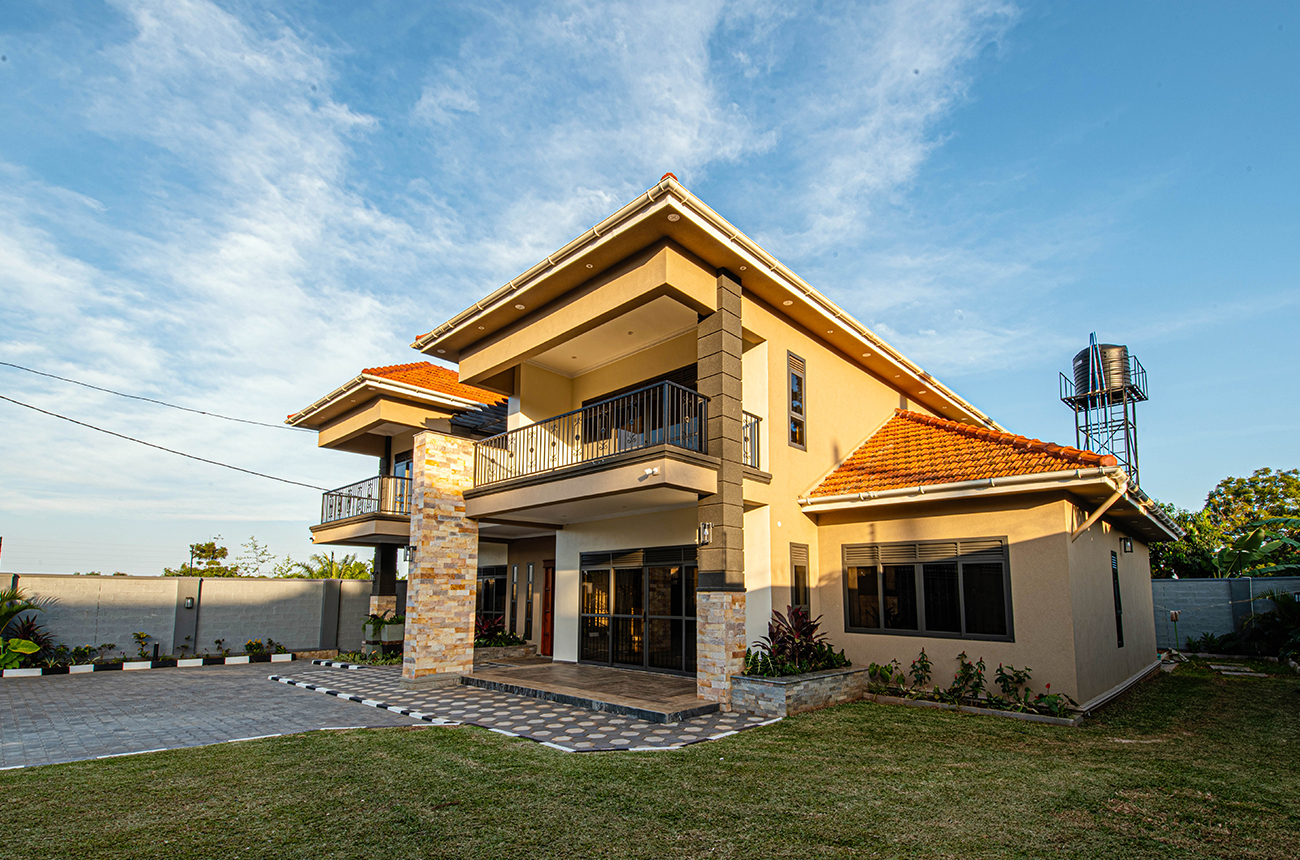
Uganda has the potential for affordable housing solutions
The housing dilemma, coupled with abundant opportunities, has given rise to subjective concepts like “affordable housing” and “low-cost housing.” Uganda grapples with a persistent housing shortage, a growing population predicted to reach 41.2 million by 2020, and a housing deficit of approximately 1.2 million units, with Kampala alone facing a daunting shortage of over 200,000 units. Addressing this deficit to meet the mounting demand from the expanding population is paramount. Ensuring access to housing, a fundamental human right, for all Ugandans, regardless of their financial status, is imperative.
DECODING HOUSING TERMINOLOGY
These are critical questions that demand urgent attention and resolution from the government, housing developers, and other stakeholders. The housing challenge, intertwined with significant opportunities, has led to the emergence of terms like “affordable housing” and “low-cost housing.” Although these terms are often used interchangeably, they possess distinct meanings. In essence, affordable housing denotes well-constructed homes in desirable neighborhoods, available at lower prices, especially catering to middle-income individuals. Conversely, low-cost housing pertains to housing of decent quality provided at affordable rates, primarily targeted at individuals with lower incomes.
“The housing challenge, intertwined with significant opportunities, has led to the emergence of terms like “affordable housing” and “low-cost housing.” Although these terms are often used interchangeably, they possess distinct meanings.”
HOW AFFORDABLE IS AFFORDABLE HOUSING?
Some individuals define an affordable house as one falling within the price range of Shs50 million to Shs100 million, with low-cost housing being even more budget-friendly, sometimes as low as Shs15 million. However, in light of current market conditions, finding a well-constructed, long-lasting house within these price ranges can be challenging. Nevertheless, the feasibility of affordable housing is not lost. The prevailing trend has seen most developers focusing on high-end clients who are willing to invest in properties exceeding Shs300 million. Yet, there is a clear demand for housing options priced between Shs50 million and Shs70 million, especially for two-bedroom homes. While Uganda’s per capita income remains below US$700 according to the World Bank, a significant portion of the population does have the financial means to afford houses in the Shs50 million and above range.
SO, HOW CAN DEVELOPERS ACTUALIZE AFFORDABLE HOUSING?
In light of my experience, addressing the challenges faced by stakeholders in the real estate sector is paramount. The primary determinant of housing prices lies in the acquisition cost of land. Given Uganda’s economic growth stagnation at approximately 5% over the last decade (as reported by the World Bank), it is evident that land prices have surged unnecessarily, resulting in market distortions. While population growth is a contributing factor, income levels have unfortunately remained low, leaving many Ugandans in poverty, as corroborated by numerous research surveys. Developers may find it challenging to offer a remedy, as this issue is intricately tied to market dynamics driven by demand and supply.
Another pivotal factor is the cost of raw materials used in the construction of houses, including but not limited to cement, roofing materials, and tiles. It is imperative that the prices of these raw materials decrease. Developers can potentially reduce costs by procuring directly from manufacturers or even exploring cost-effective importation. Consequently, the government must formulate strategies to reduce the overall cost of conducting business in Uganda.
GOVERNMENT INITIATIVES AND AFFORDABLE HOUSING SOLUTIONS
The government also bears the responsibility of providing subsidies, as the property sector is currently burdened by a multitude of taxes, which significantly contribute to the high cost of housing in the country. Vision 2040 outlines the government’s expectations for the year 2030, including ensuring access to adequate, safe, and affordable housing, as well as the upgrade of slum areas. The National Housing Policy of 2016 also discusses the possibility of the government guaranteeing investments.
According to the policy, the government plans to collaborate with partners to facilitate the availability of affordable financing sources and, where feasible, provide guarantees to financial institutions to access cheaper offshore short-term borrowing finance for housing and related infrastructure development. To realize Vision 2040, it is crucial for the government to align its actions with these aspirations.
Additionally, exploring alternative building materials could present a viable solution to affordability challenges. It is evident that many developers in Uganda lack the capacity and technical skills to undertake large-scale affordable housing projects, which are often more cost-effective when executed on a larger scale. Furthermore, Ugandan developers face difficulty in securing long-term funding for short-term projects, emphasizing the necessity for more accessible long-term funding sources.
